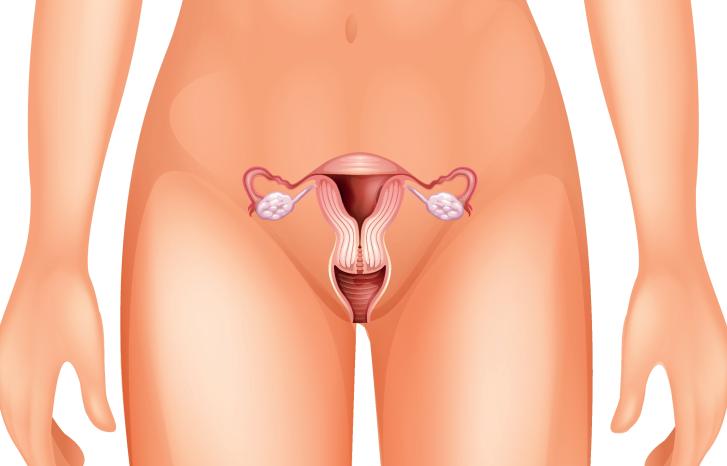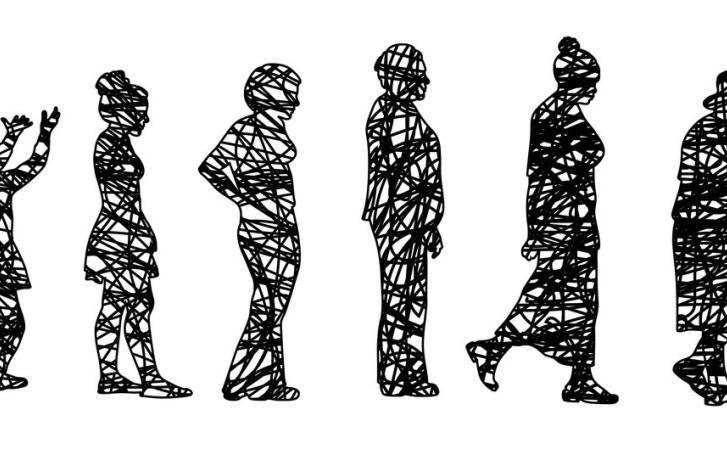“Few systematic studies have been carried out on the use of gender perspectives in medical studies in Norway, so the main intention was to fill a knowledge gap,” says Nora Mork Østbø.
Østbø is one of the authors of the Norwegian Institute of Public Health's report, Sex and Gender-based Analyses in Norwegian Treatment Studies: a Scoping Review, which was published at the end of December.
Missing out on important knowledge
"Sex and gender analyses include biological gender as an explanatory variable, that is, the comparative effect of medical treatment on woman and men," she elaborates.

“We now know that there are biological differences between men and women, which means that they respond differently to medical treatment. If we don't include gender in medical studies, we may be missing out on very important knowledge.”
The report includes 300 articles published between 2017 and 2022. Among the criteria was that at least one of the authors had to be affiliated to a Norwegian institution and that some of the patients included were from Norway. Patients could also be recruited from other countries.
“The majority of the studies had not looked at gender at all,” says Østbø.
“No form of gender analysis was seen in 178 of the articles, while 133 had looked at differences between the sexes at one level or another.”
The survey also shows that only one in three studies had drawn any findings on gender into the discussion section of the article, and only about one in four had mentioned gender in the conclusion.
“Some findings on gender may have been omitted because they did not show any relevant differences."
Not surprised
The focus in Norway has been on ensuring that women and men receive equal treatment in healthcare. In line with the principle of equality, the best treatment for a woman is defined as the same treatment as for a man. This is highlighted by Eva Gerdts, professor of medicine at the University of Bergen, who has peer-reviewed the report and is not surprised by the findings.
“New knowledge that shows that women and men are more biologically different than we thought has yet to be taken onboard,” she writes in an email to Kilden news magazine.
“When researching a disease that occurs in both sexes, the treatment cannot be assumed to have the same effect on men and women”
“It’s not just about differences in body size or sex hormones, but that sex chromosomes control differences in function in key parts of the body. In particular, gender differences in the cardiovascular system, brain, metabolism and immune system have been identified.”
There has been a paradigm shift in the medical understanding of gender differences, from gender equality to biological differences. Accordingly, gender needs to be incorporated into the development of personalised medicine for women and men, Gerdts believes.
“When researching a disease that occurs in both sexes, the treatment cannot be assumed to have the same effect on men and women,” she says.
“This may be due to women and men developing different variants of the disease and that the treatment only works on one variant. It may also be that risk factors for the disease are different in women and men, and that treatment only affects risk factors in one of the sexes. Or that the treatment is a medicine to be converted in the kidneys or liver, or where distribution to the body's tissues is dependent on the fat or water content in the body.”
Gender differences in relation to heart attacks
Gerdts points to her own research on the treatment of heart attacks, which found that up to 20 per cent of heart attacks in women are not caused by clogged arteries. Nevertheless, the current standard treatment is to open up the clogged artery and offer post-treatment with cholesterol-lowering and blood-thinning treatment.
“This has primarily been researched in men, and the treatment works well in both women and men – when the cause is a clogged artery,” she explains.
“However, since we don’t research heart attacks that aren’t caused by clogged arteries, which are common in women, we don’t learn how to prevent and treat this type of heart attack. Women who suffer such heart attacks therefore have a poorer prognosis with lower quality of life and survival rates.”
“Heart attacks remain one of the most common single causes of death among Norwegian women, so I really don’t understand why this research wasn’t carried out long ago.”
Various risk factors
While high cholesterol is a major risk factor for heart attacks in men, high- blood pressure is a more important factor in women, according to Gerdts.
“Blood-pressure complications in pregnancy and chronic inflammatory diseases are also more significant risk factors in women. These differences mean that the best way to prevent cardiovascular disease is different for women and men,” she says.
“It’s still unclear how this is best done in practice, which is why the current guidelines for the prevention of cardiovascular disease work best for men. In any event, we must at least stop using the same four risk factors as a basis for assessment, regardless of gender.
There are also major differences between the sexes in how medication is absorbed and distributed in the body. This impacts the effectiveness of the treatment, the risk of side effects, and the correct dosage,” Gerdts says.
“In the treatment of heart failure, new research shows that the optimal dose of, for example, a beta-blocker, is 40 per cent lower for women. As a result, women suffer an unnecessary amount of side effects.”
Both sexes should be included
Gerdts believes a number of measures may help close the knowledge gap concerning the best treatment for women with diseases that affect both sexes.
She highlights that “research funding organisations should require that both sexes are included in studies of diseases that affect both sexes, and that sufficient numbers of each sex should be included. This would enable a gender-specific statistical analysis of the main objective of the study.”
“It should be a prerequisite for funding. Then there would be no need for small initiatives earmarked for women's health.”
Gerdts also believes that editors of leading research journals should agree, as a matter of principle, to reject any treatment studies that do not meet these criteria.
“The lack of consistency is surprising because the studies are Norwegian and so have to adhere to the same guidelines within the Norwegian research system”
“Every week new studies are published about cardiovascular disease in which women are either only included as a minority, or where it’s not been deemed necessary to document when treatment is effective for both sexes,” she says.
The significance of gender on health and disease should be taught in all subject areas throughout health education. We must stop thinking that the biological differences between men and women can fit in a bikini.
Lack of consistency
Nora Mork Østbø explains that half of the studies that had not looked at differences between the sexes were about cancer and cardiovascular diseases. Musculoskeletal disorders also made up a significant part of this group.
“That being said, these diseases were also the topic of most studies that had used gender analysis.”
“The lack of consistency is surprising because the studies are Norwegian and so have to adhere to the same guidelines within the Norwegian research system,” she points out.



